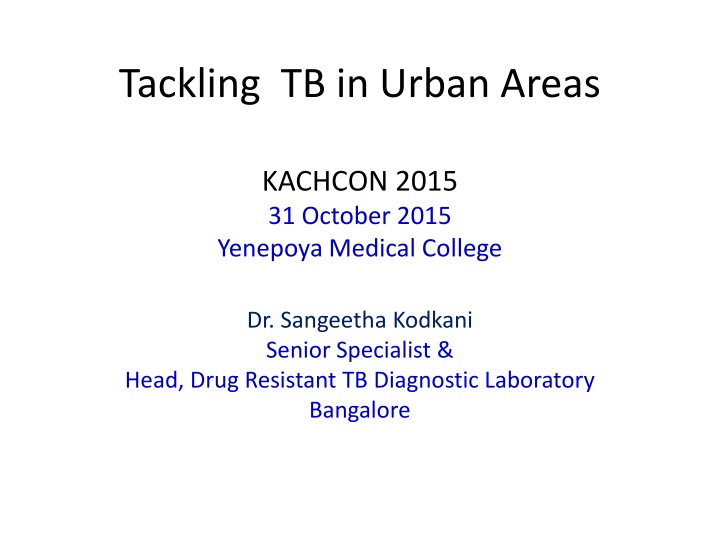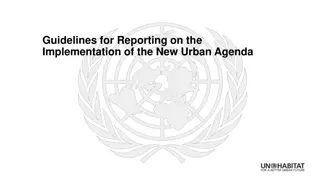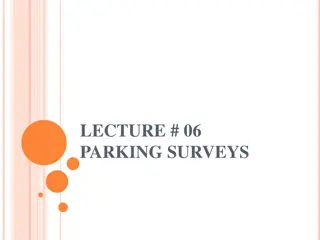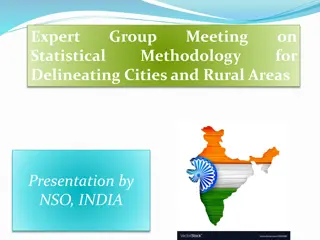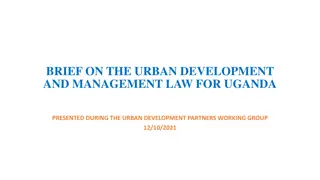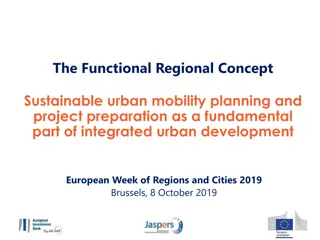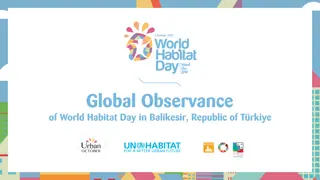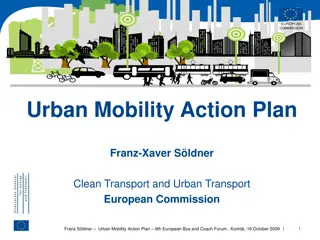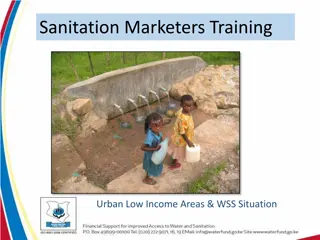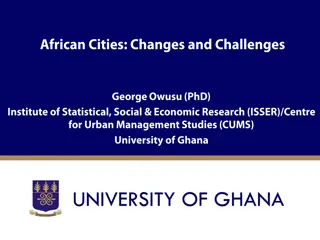Tackling TB in Urban Areas
Burden of Tuberculosis in urban areas, focusing on challenges and strategies. India's significant contribution to global TB incidence, highlighting the impact on women and economic losses. Urban slum population trends and limited access to quality TB services. Operational challenges in urban TB control, including deficient health infrastructure and reliance on private healthcare providers.
Download Presentation

Please find below an Image/Link to download the presentation.
The content on the website is provided AS IS for your information and personal use only. It may not be sold, licensed, or shared on other websites without obtaining consent from the author.If you encounter any issues during the download, it is possible that the publisher has removed the file from their server.
You are allowed to download the files provided on this website for personal or commercial use, subject to the condition that they are used lawfully. All files are the property of their respective owners.
The content on the website is provided AS IS for your information and personal use only. It may not be sold, licensed, or shared on other websites without obtaining consent from the author.
E N D
Presentation Transcript
Tackling TB in Urban Areas KACHCON 2015 31 October 2015 Yenepoya Medical College Dr. Sangeetha Kodkani Senior Specialist & Head, Drug Resistant TB Diagnostic Laboratory Bangalore
Theme Reaching the Unreached
Burden of Tuberculosis: Global and India Global*: Incidence 9million Deaths 1.5 million; 320,000 among HIV+ (3.7%) HIV co-infection 1.1 million (13%) Missing TB Cases: 2.9 million (34%) India*: Incidence 2.1 million; 26% of global TB Deaths 270,000; 42,000 among HIV+ (1.9%) HIV co-infection 130,000 (5.9%) Missing TB Cases: 1000,000 (33%) *WHO Global TB Report 2013; $WHO TB Country Profiles, 2013 & 14
TB Burden - India Estimates of TB burden * 2013 Number Rate (per 100 000 population) 19 Mortality (excludes HIV+TB) 240,000 38,000 3 Mortality (HIV+TB only) 2 600,000 211 Prevalence (includes HIV+TB) 2 100,000 171 Incidence (includes HIV+TB) 120,000 9.7 Incidence (HIV+TB only) 58,000 Case detection, all forms (%) India TB Report 2014
India Burden of the disease 25% of the global incidence of an estimated 9 million Third leading cause of death among women of reproductive age (15-44 years) The direct and indirect costs of TB to India amount to an estimated $23.7 billion annually An average 3 to 4 months of work time is lost as result of TB, resulting in an average loss of potential earning of 20-30% of the annual household income
Urban Scenario The urban slum population in India increased to 65.5 million in 2011 from 43 million in 2001 & at the time was projected to grow at 5% annually At about 8%, TB is the leading cause of death from infectious disease in urban India among productive adults (16-70 years) Despite perceived proximity of the urban poor to urban health facilities, access to standardized, high quality TB services is limited.
Urban Scenario TB control program is predominantly rural Urban TB control is organized on an ad- hoc basis Wide variety of health providers Provision of health care is predominantly private
Operational Challenges Deficient public health infrastructure Poor quality of services rendered by private care Migration of people Lack of follow-up of patients
Sociological Challenges People living in slums Migration Substance abuse Health inequalities Differential exposure and susceptibility Vulnerable groups
Communities in Urban Area Communities at risk to TB Occupation: Migrants Miners Behaviours: Smoking Alcohol? Substance abuse Demographic: Age: Young and elderly Location: Urban slum Status: Illiteracy Income: Poor Immune status: People living with HIV People with Diabetes
Providers in Urban Area who see TB Doctors: Practitioners of Modern Medicine (Allopathic) GP or Specialist ISMH / (AYUSH) Less than fully qualified Pharmacists/ Chemists: Laboratories: Clinic Assistants: Receptionist Nurse
The need Universal adoption of standards of tuberculosis care
Interface to connect Public Sector (RNTCP) Private Health Sector Advocacy Information exchange Coordination Capacity building Support Feedback Patient, Family & Community Local advocacy Communication CS referral Care & support
Focus of Urban TB intervention Identify and manage of missing TB patients by 1. Strengthening basic TB services in urban areas 2. Increased access to TB care 3. Integration of service providers 4. Flexible and innovative TB approaches 5. To find practices to target vulnerable population 6. Stronger linkage to TB control program Reduce delays in private sector TB diagnosis and treatment Reduce morbidity and mortality Reduce costs Ensure high treatment compliance in private sector Reduce risk/spread of drug-resistant TB Reduce spread of TB
Interventions. Awareness ICT based teaching Capacity building
Network formation: Relationship building Provider exchange forum Continue learning process Critical support services Peer learning Factsheets Technical support visits Documentation support Access to RNTCP services Treatment support Training paramedical staff
ACSM activities Robust IEC activities Awareness on TB through multiple channels of communication
Improved case finding Risk stratification Addressing co-morbid and multi- morbid conditions Offering rapid diagnostics Engaging with private laboratories and private providers
Management Patient-centric approach Community-based treatment centres Promoting rational use of anti-TB drugs Disseminating STCI Improved data management systems Social support program NGO/PP interventions
Management Contact tracing Infection control in health care settings Preventive treatment to vulnerable population
Thanks The next generation will receive the highest standards of care & support from healthcare providers of their choice
